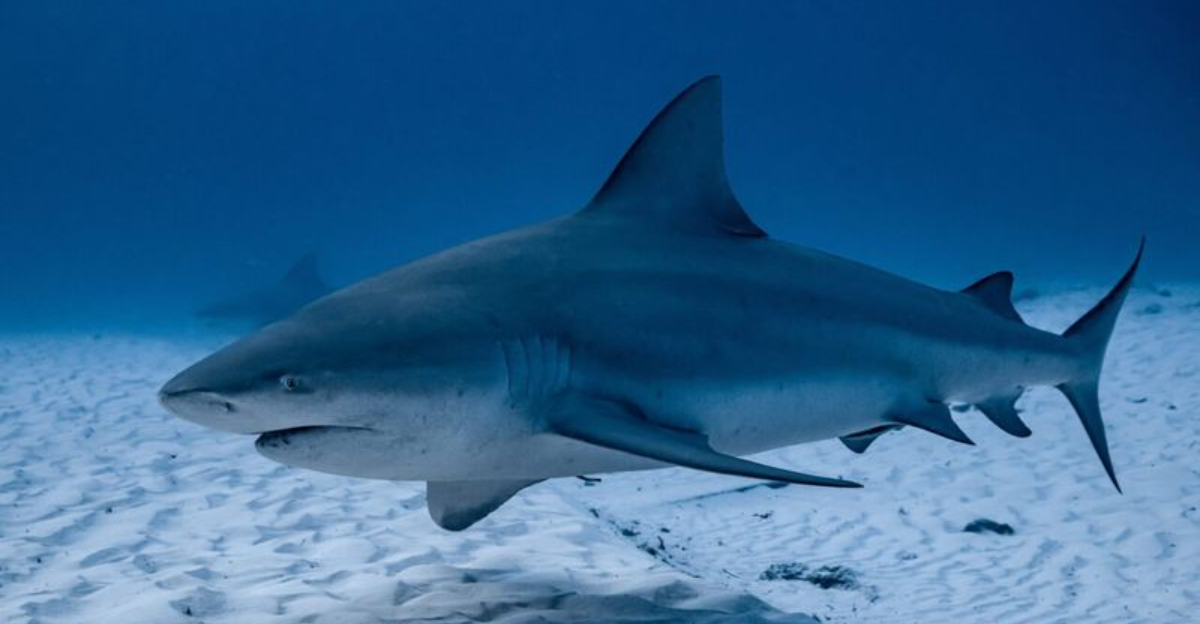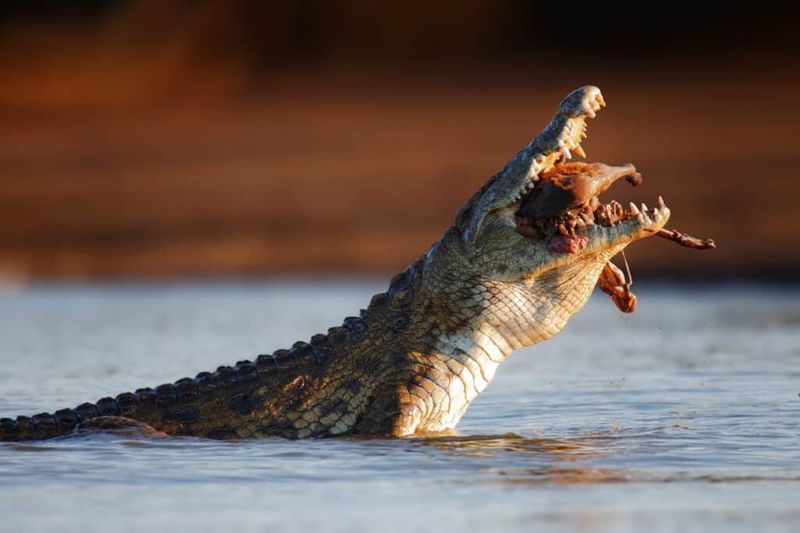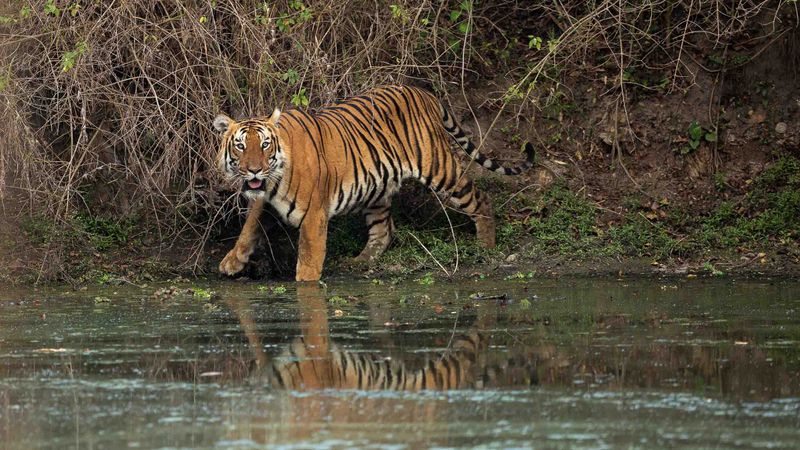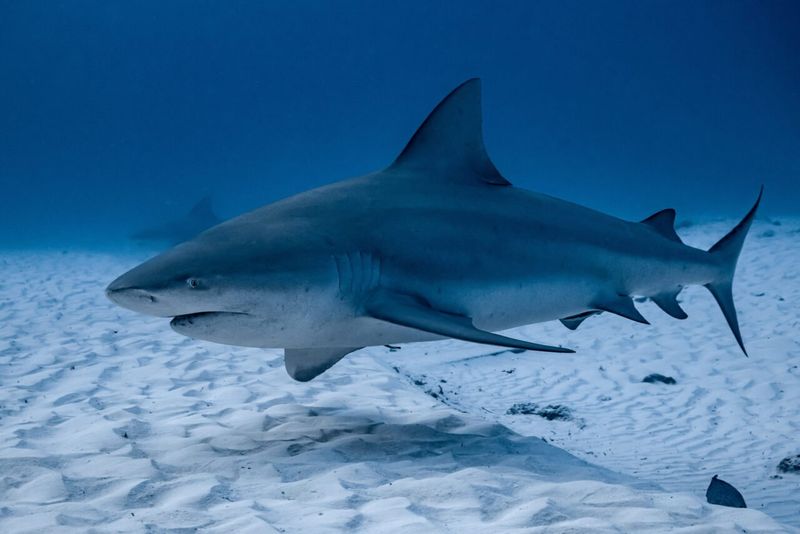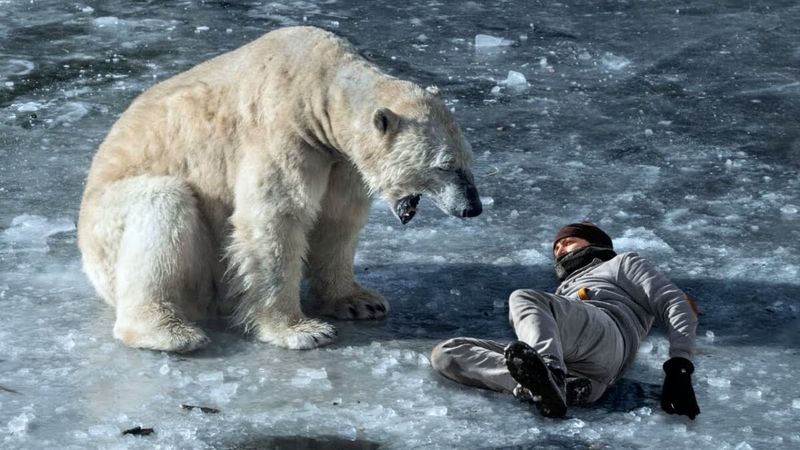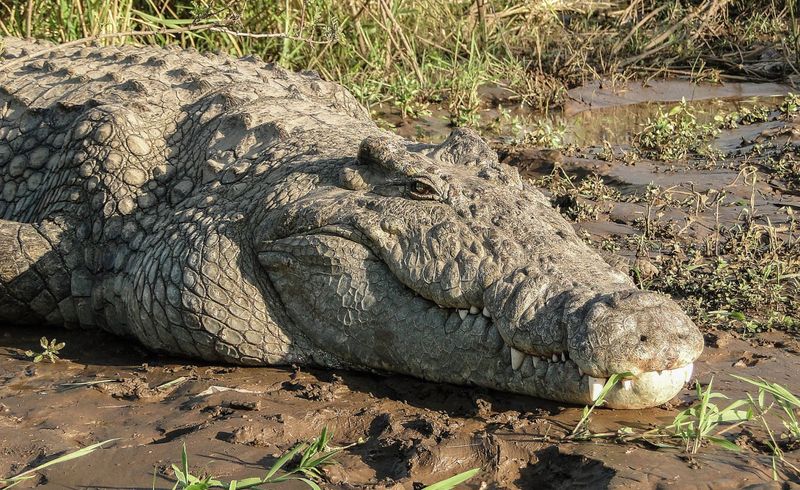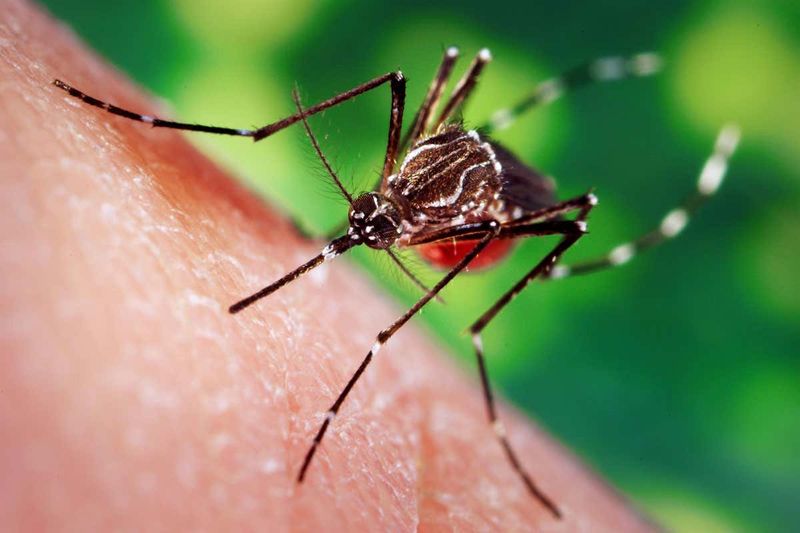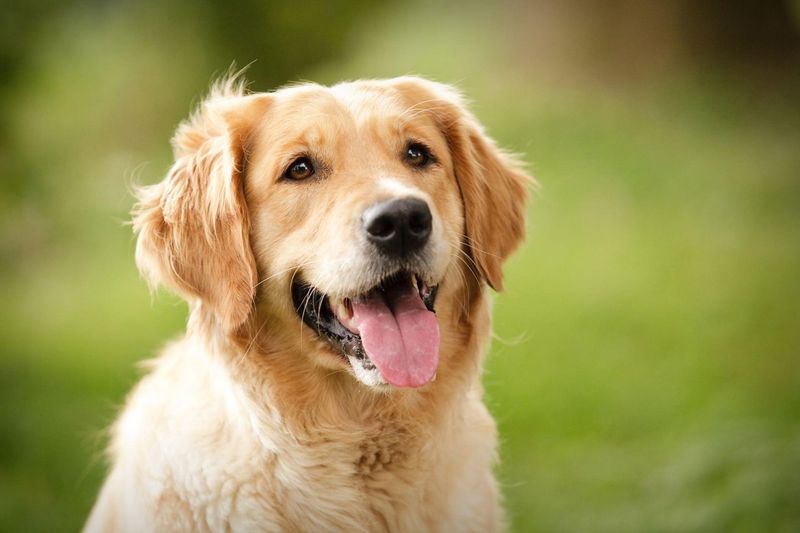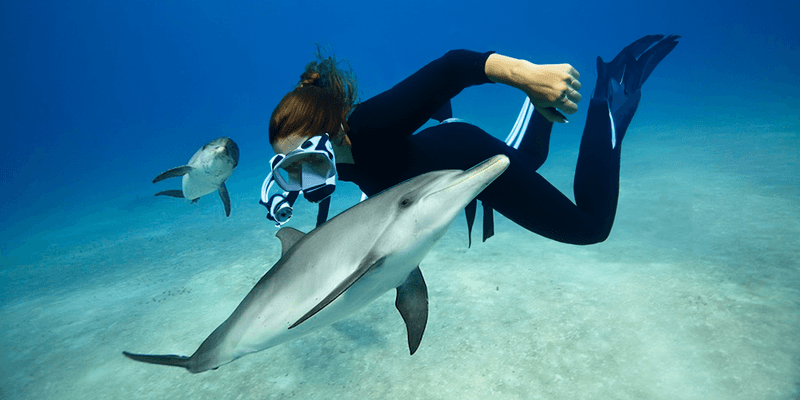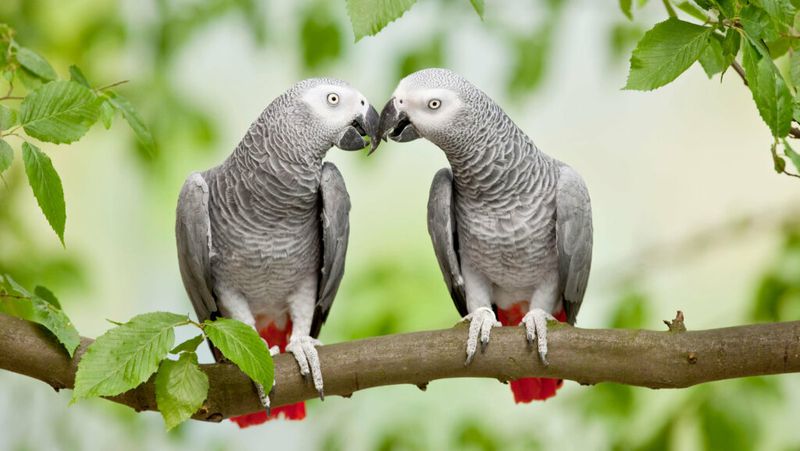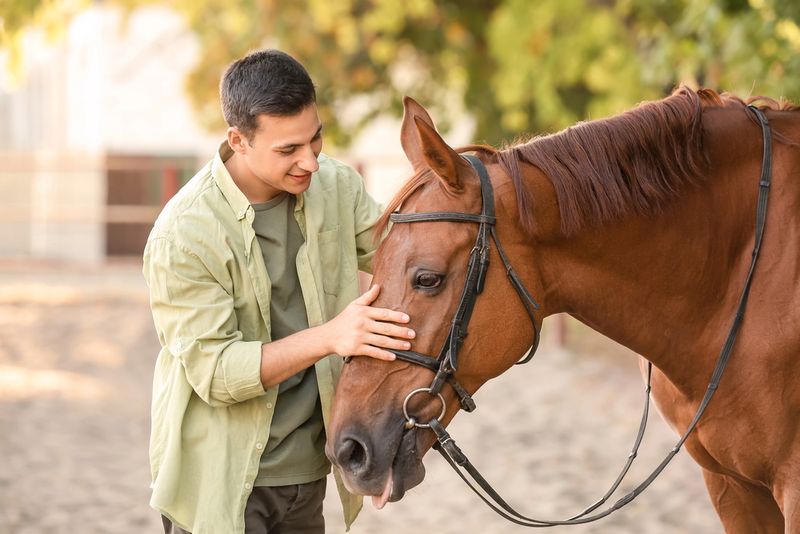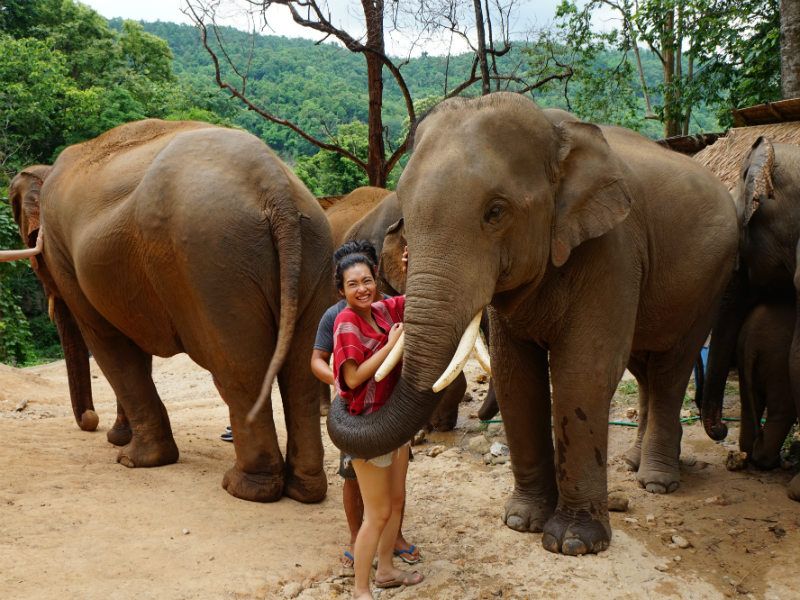📖 Table of Content:
Animals have evolved alongside humans for thousands of years, developing complex relationships with us. Some species have adapted specifically to target humans as prey, using specialized hunting tactics that make them particularly dangerous. Others have evolved traits that make them naturally drawn to human companionship, seeking our friendship rather than seeing us as food. This fascinating divide shows how differently the animal kingdom has adapted to human presence on Earth.
1. Saltwater Crocodiles
The largest reptilian predator on Earth has learned that humans make easy meals. These massive hunters can reach lengths of 20 feet and weigh over 2,000 pounds, with the strongest bite force of any animal alive today.
Saltwater crocodiles have specifically adapted to recognize human patterns. They memorize routines of people visiting waterways and strike with calculated precision. Their patience is legendary – they’ll wait hours for the perfect ambush moment.
Unlike many predators, ‘salties’ actively add humans to their menu rather than attacking out of defense. They’ve developed stealth tactics that make them nearly invisible in murky water until it’s too late.
2. Man-Eating Tigers
Certain tiger populations have developed specialized human-hunting behaviors, particularly in the Sundarbans region between India and Bangladesh. These big cats have adapted to swimming through mangrove forests and stalking humans who enter their territory.
Unlike normal tigers that avoid people, these populations have learned humans are easier prey than wild boars or deer. They’ve developed hunting techniques specifically for catching people, including approaching from behind and targeting the neck.
Some experts believe these behaviors pass from mother to cubs, creating generations of human hunters. They’ve even learned to recognize and avoid traps set specifically for them.
3. Bull Sharks
With unique adaptations, bull sharks pose a notable danger to humans. They can regulate salt in their bodies, allowing them to swim freely in saltwater and freshwater, often crossing paths with people in rivers and coastal zones.
High testosterone levels in both males and females contribute to their aggressive nature. They’ve developed powerful bite force and serrated teeth perfect for tearing through flesh and bone.
Most concerning is their tendency to bump-and-bite – a hunting technique where they strike exploratorily first, then return for a more devastating attack. Their poor eyesight has adapted to rely on this method, making humans frequent targets in murky waters.
4. Polar Bears
Arctic’s apex predators are among the few animals that will deliberately track and hunt humans. As climate change shrinks their hunting grounds, polar bears have increasingly adapted to seeing people as potential food sources.
Their incredible sense of smell can detect humans from miles away, and they’ve learned to associate human camps with easy meals. Unlike black or brown bears, polar bears don’t typically display fear of humans.
Their hunting strategy involves patient stalking followed by explosive speed – reaching 25 mph in short bursts. They’ve developed techniques to break into buildings and tents specifically to reach human occupants, showing problem-solving intelligence directed at acquiring us as prey.
5. Nile Crocodiles
Africa’s deadliest predator causes hundreds of human fatalities annually. Nile crocodiles have developed specialized ambush techniques at river crossings where humans predictably gather to collect water or cross waterways.
They’ve evolved extraordinary patience, often waiting submerged for hours until potential victims are vulnerable. Their brain structure has adapted to recognize patterns in human behavior, helping them predict when people will approach water sources.
More alarmingly, research suggests some Nile crocodile populations have developed a preference for human meat after successful attacks. They’ve learned to associate certain human activities with feeding opportunities and will actively patrol areas where people regularly visit water sources.
6. Mosquitoes
No creature has evolved more specifically to hunt humans than the mosquito. Certain species like Aedes aegypti have adapted to specialize almost exclusively in feeding on human blood, developing sensors that detect our unique body chemistry and breath.
Their evolution includes heat sensors that pinpoint blood vessels near skin surface and saliva containing anticoagulants specifically designed for human blood. They’ve even adapted flight patterns to avoid our defensive swats and learned to approach from below where we’re less likely to notice.
Female mosquitoes have developed the ability to locate humans from 50 meters away by sensing carbon dioxide in our breath. Their lifecycle now depends entirely on finding human hosts.
1. Golden Retrievers
Centuries of selective breeding have created a dog that forms deep emotional bonds with humans. Golden Retrievers possess a unique genetic makeup that predisposes them to seek human approval and companionship above almost all else.
Their brains have developed specialized neural pathways that process human facial expressions and vocal tones with remarkable accuracy. Studies show they produce oxytocin – the bonding hormone – when making eye contact with their human companions.
Golden Retrievers have evolved an extraordinary patience with children and a natural tendency to retrieve objects without damaging them – traits specifically developed to make them helpful human partners. Their soft mouths and gentle temperament represent generations of selection for human-friendly characteristics.
2. Domestic Cats
House cats have mastered the art of human manipulation through evolutionary adaptations. Their meows have specifically evolved to mimic the frequency of human infant cries – a sound our brains are hardwired to respond to.
They’ve developed a unique purring mechanism that operates at frequencies proven to promote healing in both themselves and nearby humans. This mutual benefit strengthened the bond between our species over thousands of years.
Cats have also evolved facial muscles that allow them to make expressions humans find appealing. Their kneading behavior, originally used to stimulate milk flow from their mothers, now serves to create emotional connections with their human companions – demonstrating how their social behaviors adapted specifically for interspecies bonding.
3. Bottlenose Dolphins
Marine biologists have documented numerous cases of wild dolphins actively seeking human interaction. These intelligent mammals have developed specialized behaviors specifically for communicating with humans, including unique vocalizations they don’t use with other dolphins.
Their brains have evolved to recognize individual humans and remember interactions across years or even decades. Some pods have established traditions of approaching humans that span generations, teaching their calves that we can be trusted companions.
Dolphins demonstrate remarkable cross-species empathy, with documented cases of them protecting swimmers from sharks or helping lost humans navigate back to shore. They’ve learned to read human body language and adapt their own behaviors to facilitate positive interactions.
4. African Grey Parrots
These remarkable birds possess cognitive abilities specifically adapted for social bonding across species. Their brains have evolved neural pathways allowing them to not only mimic human speech but understand abstract concepts and form emotional attachments to their human companions.
African Greys can learn hundreds of words and use them in context, showing they’ve developed beyond mere mimicry to actual communication with humans. They display empathy by comforting distressed owners and adjusting their behavior based on human emotional states.
Their intelligence includes the ability to recognize themselves in mirrors – a rare trait shared with great apes, elephants, and humans. This self-awareness contributes to their capacity for forming deep, meaningful relationships with people.
5. Horses
Thousands of years of co-evolution have created a unique interspecies partnership between horses and humans. These majestic animals have developed specialized neural circuits that allow them to read subtle human facial expressions and body language with remarkable accuracy.
Their brains have adapted to form cross-species attachments, producing the same bonding hormones with trusted human handlers that they normally reserve for their herd mates. Horses can recognize individual humans even after years of separation.
Most impressively, they’ve evolved an ability to synchronize their heartbeats with humans during interactions – a physiological bonding mechanism that creates mutual calm and trust. This adaptation allows two very different species to work together in extraordinary harmony.
6. Elephants
Wild elephants show a curious and seemingly inexplicable interest in positive human interaction. Their massive brains contain specialized areas devoted to social cognition that allow them to distinguish between threatening and friendly humans based on subtle cues.
Captive elephants form deep bonds with their caretakers, displaying behaviors like greeting rituals and protective instincts typically reserved for their own family members. They remember human friends for decades, showing excitement upon reunion even after long separations.
Most remarkably, elephants appear to find humans interesting and worthy of protection. There are documented cases of wild elephants helping injured people, guiding lost children back to villages, and even protecting humans from other animals – behaviors that suggest a natural affinity for our species.
